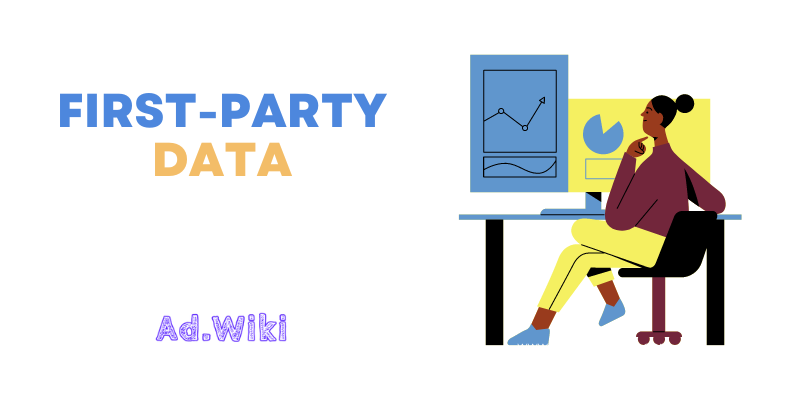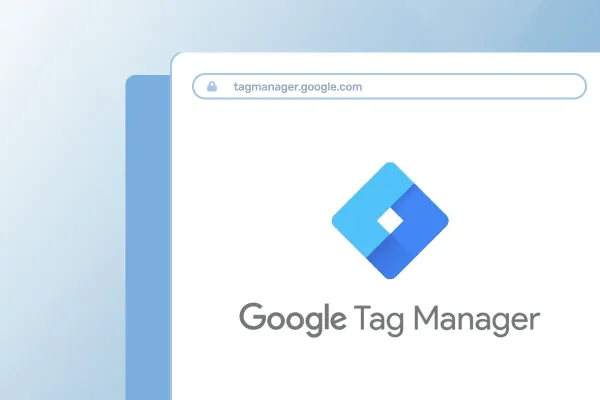What Is 1st Party Data and Why Is It So Important for Digital Publishers?

First party data refers to the information that a company collects about its customers and users through its own website, app, or other digital touchpoints. This data is usually collected through various methods, including sign-ups, purchases, and website interactions, and is considered to be the most valuable type of data a company can have because it is specific to their own customers and users.
For publishers, first party data can be a valuable asset in monetizing their inventory and increasing revenue. In this article, we’ll explore what first party data is, why it’s important, and how publishers can use it to maximize the value of their inventory.
What is first party data?
First party data refers to the information collected by a company about its own customers and users, such as their names, email addresses, and purchase history. This data is considered to be first-party because it is collected directly from the source – the customers and users themselves.
First party data can also include information about how users interact with a company’s website, such as the pages they visit, how long they spend on the site, and the products they view. This data can be used to personalize a user’s experience and to create more targeted and relevant marketing campaigns.
Why is first party data important?
First party data is considered to be the most valuable type of data because it is specific to a company’s own customers and users. This means that the information collected is directly relevant to the company and its products or services, making it easier to create targeted and effective marketing campaigns.
Another reason first party data is so valuable is that it allows companies to create a more personalized experience for their customers and users. By using first party data, companies can tailor their marketing messages, recommendations, and website content to the specific needs and interests of each user. This helps to build trust and loyalty with customers, leading to increased customer engagement and higher conversion rates.
How publishers can use first party data to monetize their inventory
First party data can be a valuable asset for publishers looking to monetize their inventory and increase revenue. Here are a few ways publishers can use first party data to achieve this goal:
- Targeted advertising
One of the primary ways publishers can use first party data to monetize their inventory is by selling targeted advertising. By using first party data, publishers can identify the specific interests and needs of their users and use this information to create targeted and effective advertising campaigns.
For example, a publisher with a large audience of health and fitness enthusiasts could use first party data to sell targeted advertising to companies in the health and wellness industry. This would allow these companies to reach their target audience more effectively, leading to higher conversion rates and more revenue for the publisher.
- Personalized recommendations
Another way publishers can use first party data to monetize their inventory is by offering personalized recommendations to their users. By analyzing the first party data collected about each user, publishers can make tailored recommendations for products, services, or content that would be of interest to each user.
For example, a publisher that covers a wide range of topics, such as technology, business, and entertainment, could use first party data to recommend specific articles or products to each user based on their interests and previous interactions with the site. This would help to increase customer engagement and revenue for the publisher.
- Data-driven subscriptions
First party data can also be used by publishers to drive data-driven subscriptions. By analyzing the first party data collected about their users, publishers can offer personalized subscription packages based on each user’s interests and needs.
For example, a publisher that covers a range of topics, such as technology, business, and entertainment, could use first party data to offer different subscription packages to users based on their interests. For example, users who are primarily interested in technology news could be offered a tech-focused subscription package, while users who are interested in business and finance could be offered a business-focused subscription package. This approach can help publishers to increase their revenue by offering personalized and relevant subscriptions to their users.
- Improving audience insights
First party data can also be used by publishers to improve their audience insights. By analyzing the first party data collected about their users, publishers can gain a deeper understanding of their audience demographics, interests, and behavior. This information can then be used to inform content strategy, product development, and advertising efforts.
For example, a publisher that covers a range of topics, such as technology, business, and entertainment, could use first party data to understand the specific interests of their audience and create content that is tailored to these interests. This approach can help to increase customer engagement and satisfaction, leading to higher retention rates and increased revenue.
- Improving website design and functionality
Finally, first party data can be used by publishers to improve the design and functionality of their website. By analyzing the first party data collected about user interactions with the site, publishers can identify areas for improvement and make changes that will enhance the user experience.
For example, a publisher that covers a range of topics, such as technology, business, and entertainment, could use first party data to understand how users navigate the site and make changes to improve the site’s layout and functionality. This could include improving the site’s search functionality, making it easier for users to find the content they’re looking for, or adding new features that will enhance the user experience.
In conclusion, first party data is a valuable asset for publishers looking to monetize their inventory and increase revenue. By using first party data, publishers can create targeted and effective advertising campaigns, offer personalized recommendations, drive data-driven subscriptions, improve their audience insights, and enhance the design and functionality of their website. By leveraging the power of first party data, publishers can maximize the value of their inventory and achieve their revenue goals.




